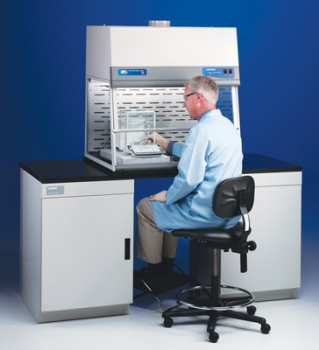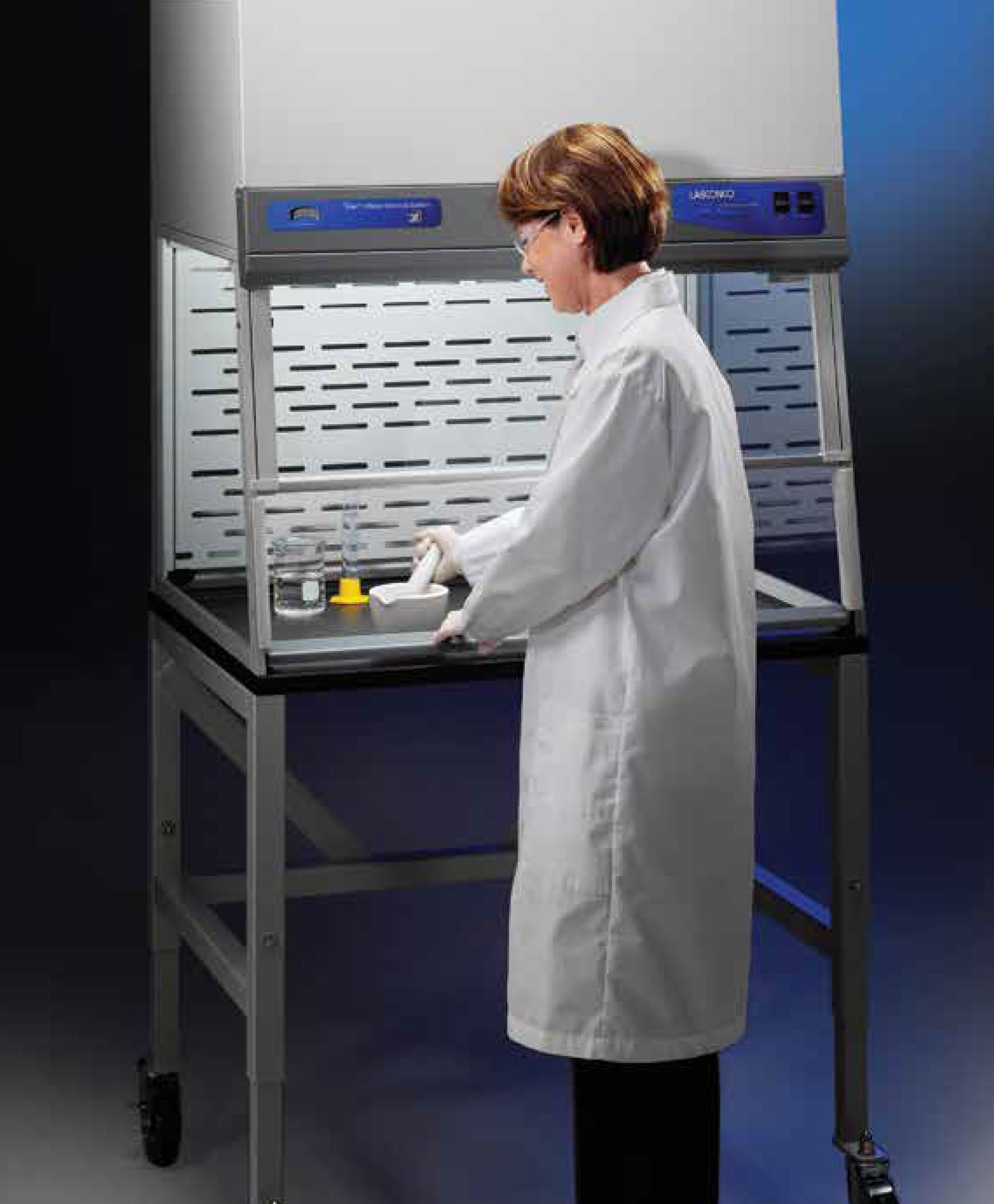USP 800 and non-sterile compounding of hazardous drugs
 If you haven’t already heard, USP (United States Pharmacopeia) is adding a new chapter designed to work in conjunction with USP 795 (and USP 797, but that is another newsblog post altogether) to help define a better/safer way to handle sterile and non-sterile compounding of hazardous drugs. Although USP 800 is still in draft form, the period of time in which the document was open for discussion or questions has expired, and the issuance process is moving forward. It is hard to predict what the final USP 800 document will say and the possibilities. Implications on your compounding processes and equipment could be significant if it were to be issued as it stands.
If you haven’t already heard, USP (United States Pharmacopeia) is adding a new chapter designed to work in conjunction with USP 795 (and USP 797, but that is another newsblog post altogether) to help define a better/safer way to handle sterile and non-sterile compounding of hazardous drugs. Although USP 800 is still in draft form, the period of time in which the document was open for discussion or questions has expired, and the issuance process is moving forward. It is hard to predict what the final USP 800 document will say and the possibilities. Implications on your compounding processes and equipment could be significant if it were to be issued as it stands.
If you had previously been actively compounding non-sterile hazardous products per USP 795, you most likely had some sort of engineering control to protect the compounder from inhaling those hazards. The type of engineering control recommended in this situation is a negative pressurized unit with HEPA-filtered exhaust. That is “engineer speak” for an enclosure that pulls air in through the front, away from the user, across the work area, then through a HEPA filter to collect all harmful particulates. The air is then returned to the room through an exhaust port, requiring no duct run, no major installation costs, and no remote blower.
USP 800 Section 5.4.1 “C-PEC for Nonsterile HD Compounding” outlines new recommendations for this procedure. A C-PEC or containment primary engineering control is defined in this document as “a ventilated device designed and operated to minimize worker and environmental exposures to [hazardous drugs] by controlling emissions of airborne contaminates …” Once again this is another way of describing the same negative-pressure device. The difference set forth in the section is that the enclosure “shall be externally vented (line 285).” Many questions immediately spring to mind! Below are the answers to the most pertinent questions about this change:
Question: “Why would I need to duct out if all the hazardous particulates are trapped on the HEPA filter?”
Answer: Ducting this type of unit is commonly recommended by environmental health and safety officers within the pharmaceutical industry. As with most safety requirements and regulations, there is some good logic behind it. As we all know it is strongly recommended that HEPA-filtered units to be certified annually. The certifier checks HEPA filters for leaks, among other things, to verify that the unit is providing the protection it was designed to deliver. What if a pin-hole leak or gasket leak were to occur some time between certifications? You wouldn’t be aware of this breach in safety until the next certification. This would mean that you would not be able to know when the leak occurred or for how long the lab environment had been exposed to that hazard. The new ducting requirement mitigates that risk. If something were to penetrate the HEPA filter, it would be taken out of the building with the effluent airflow and lowering the risk to a minimal level. Ducting to the exterior is an insurance policy against the worst-case scenario.
Question: How will this affect my current compounding set-up?
 Answer: Many existing balance enclosures are capable of being converted to a USP 800-compliant configuration. At Labconco for instance, we continue to recommend the use of the XPert Balance System for non-sterile compounding; this will not change with the issuance of USP 800. Though the unit itself still meets the requirements set forth in the document, a different installation method is recommended in order to comply. Instead of allowing the unit to exhaust HEPA-filtered air back into the room, a canopy connection and damper are recommended to tie into building exhaust ductwork. In conjunction with a remote blower, this ducting will pull the exhaust out of the building.
Answer: Many existing balance enclosures are capable of being converted to a USP 800-compliant configuration. At Labconco for instance, we continue to recommend the use of the XPert Balance System for non-sterile compounding; this will not change with the issuance of USP 800. Though the unit itself still meets the requirements set forth in the document, a different installation method is recommended in order to comply. Instead of allowing the unit to exhaust HEPA-filtered air back into the room, a canopy connection and damper are recommended to tie into building exhaust ductwork. In conjunction with a remote blower, this ducting will pull the exhaust out of the building.
The good news is that there is often no need to purchase an entirely new unit. All you would need are the components for ducting: a canopy, damper, ductwork and a remote blower. If your lab has other equipment that is already ducted to the outdoors, consult an expert to find out if your system could be tied into the existing ductwork.
Question: What if you are starting from scratch and need a completely new set up?
Answer: To make it super-easy, a USP 800 compliant bundle package has been developed. We have customized the same XPert System we have always recommended to include a factory-installed canopy, a damper and an analog airflow monitor, and we gave it a new name: the RXPert System. It is available in 2’, 3’ or 4’ widths with or without a work surface.
 If you haven’t already heard, USP (United States Pharmacopeia) is adding a new chapter designed to work in conjunction with USP 795
If you haven’t already heard, USP (United States Pharmacopeia) is adding a new chapter designed to work in conjunction with USP 795  Answer: Many existing balance enclosures are capable of being converted to a USP 800-
Answer: Many existing balance enclosures are capable of being converted to a USP 800-





